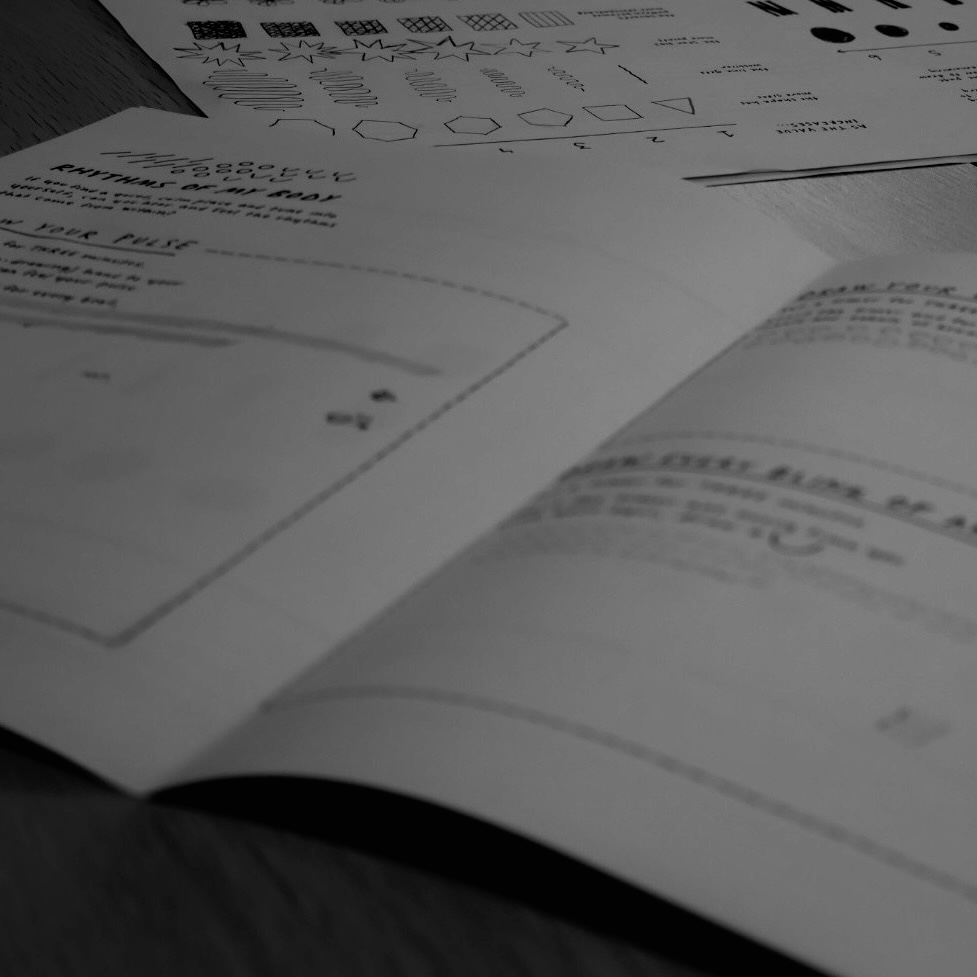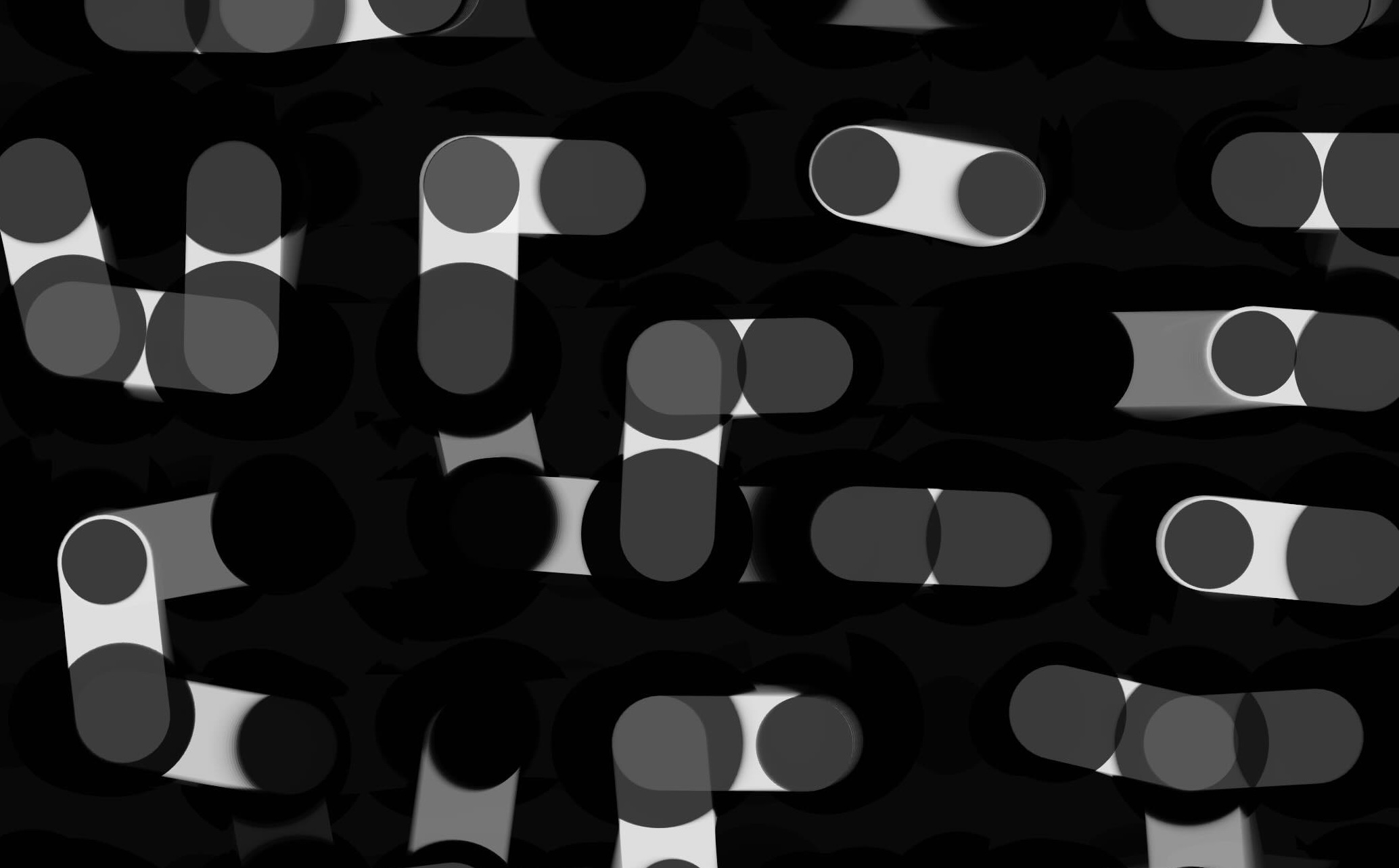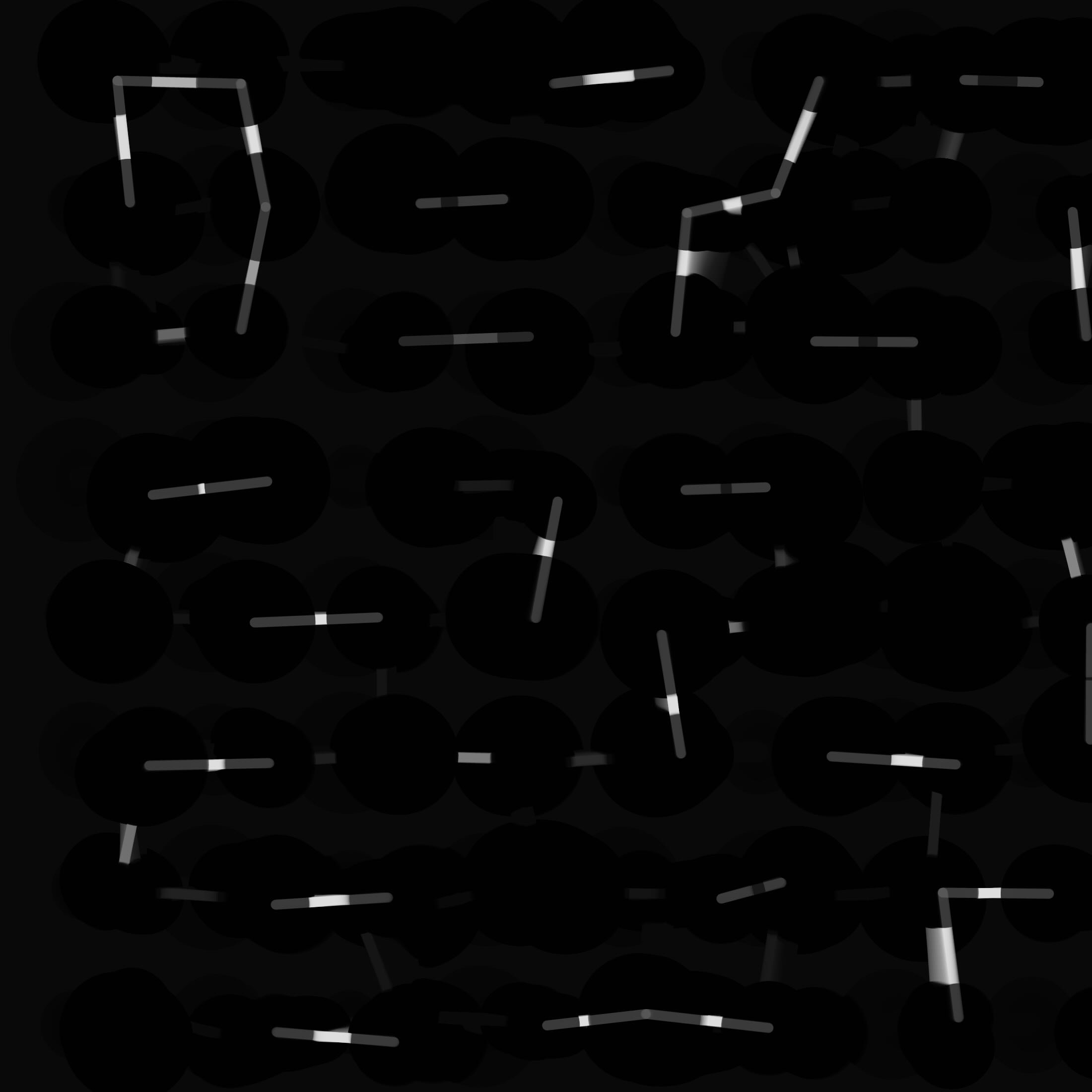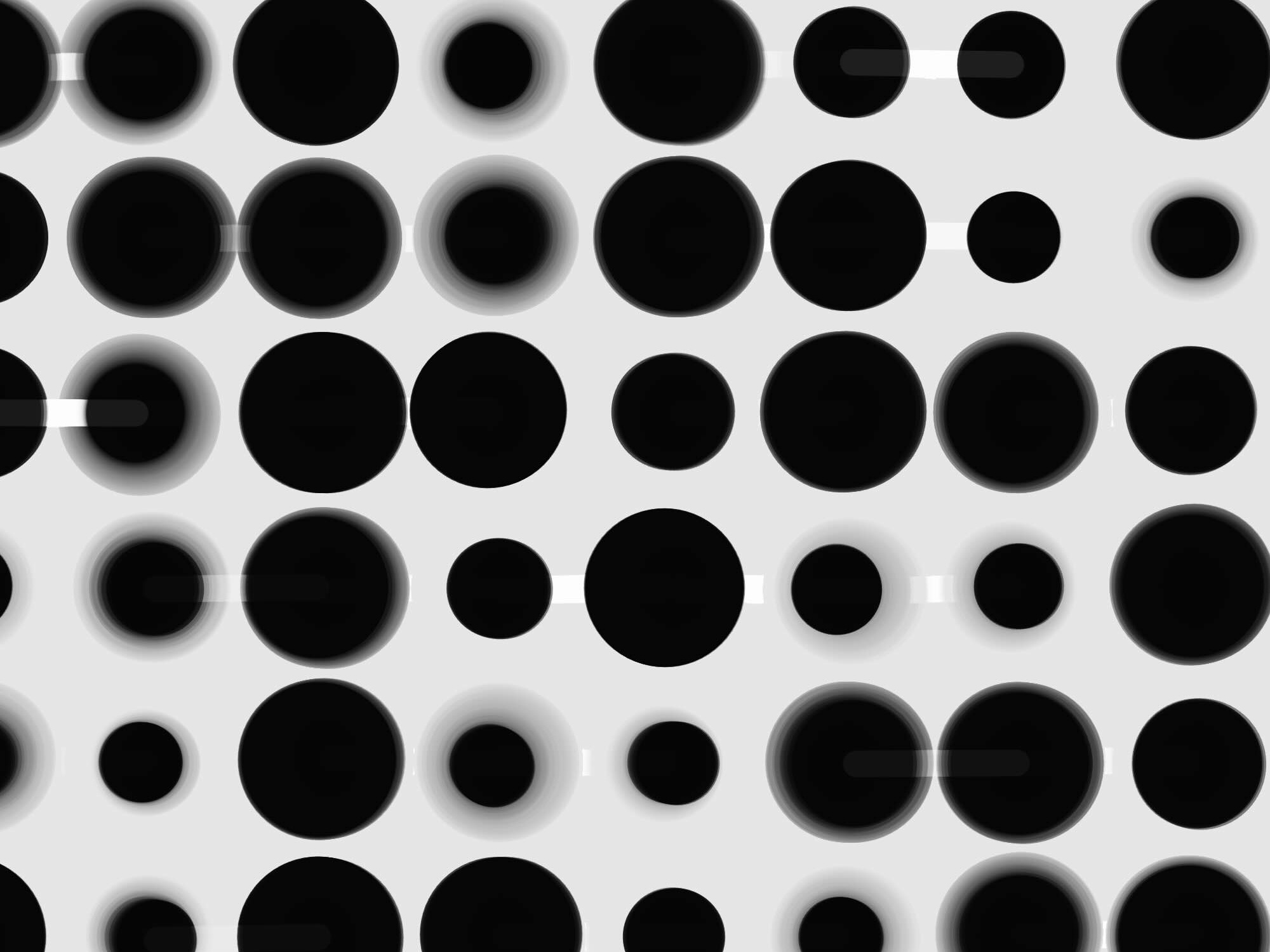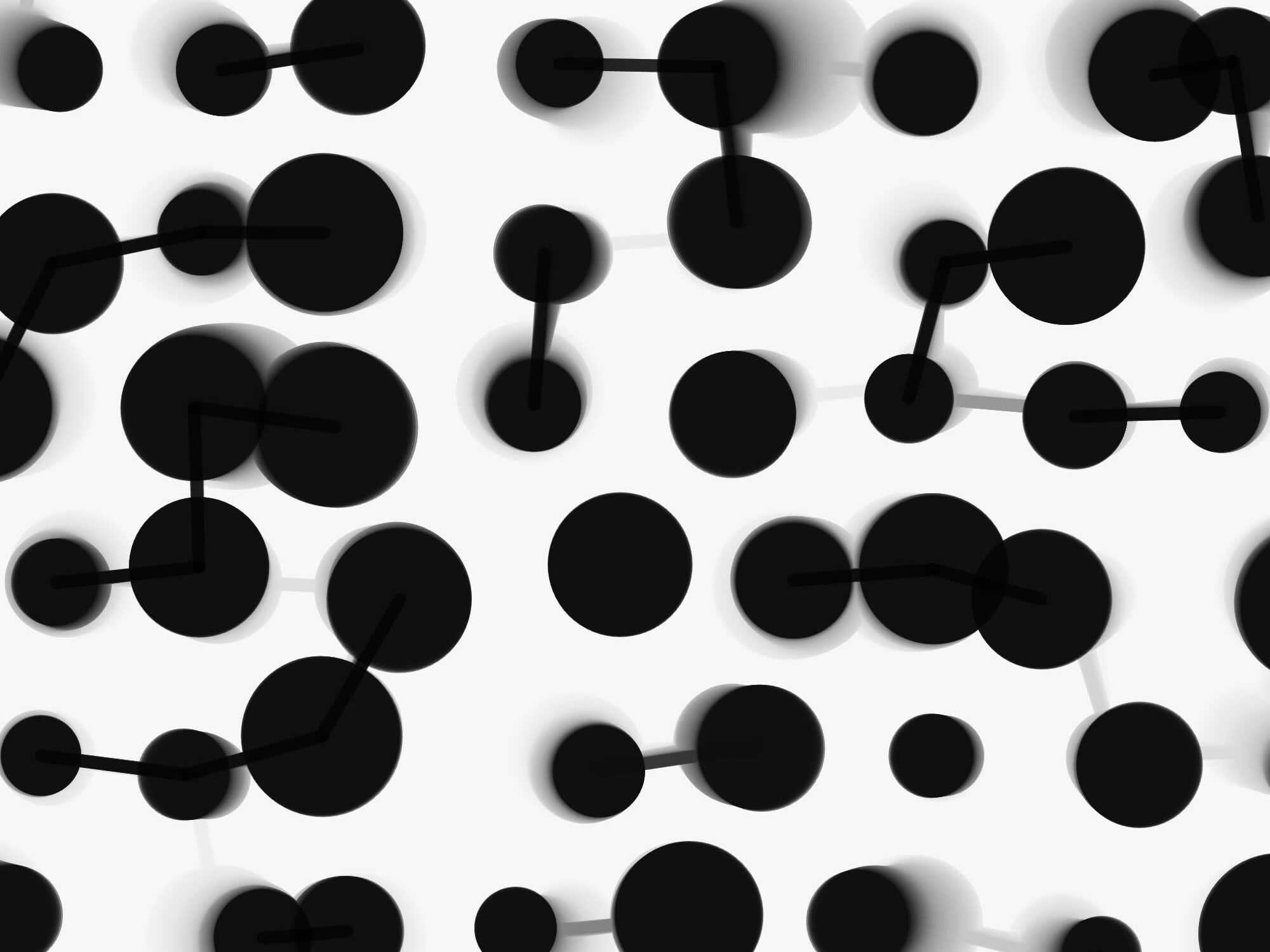Hidden Body Rhythm
Although we do not notice much, and even in the dream state, our bodies remain active by their own rhythm, and pattern. This experiment focused on visualizing the hidden rhythms and patterns of the body—breath, pulse, and blink—through p5.js.
Tools: P5.js
By collecting data from Yerin and Kyuwon, the visualizations reflected the differences in the bodily rhythms, with Kyuwon’s data nearly half that of Yerin’s. Using a 3x3 grid of circles, the minimum and maximum circle sizes were set based on Kyuwon's and Yerin's data, respectively. The lines connecting the circles vary in weight, opacity and appear or disappear when the gap between the neighbor circle, reaches a certain number, resulting in a dynamic, organic visual representation of bodily functions. This experiment highlighted how even the subtle aspects of our bodies work in harmony and led to further insights into the relationship between data and visual variability.
-
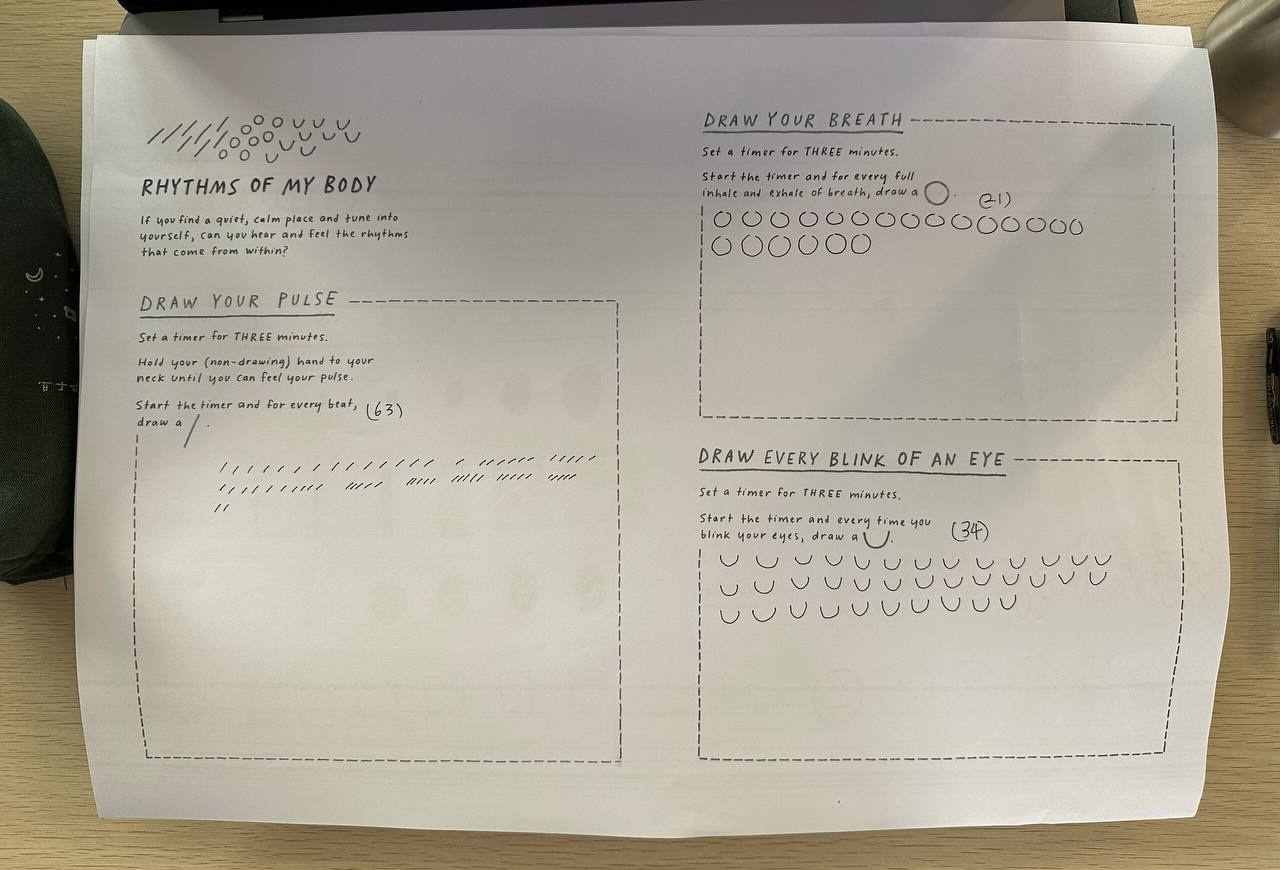
Experiment1_Exercise1. -
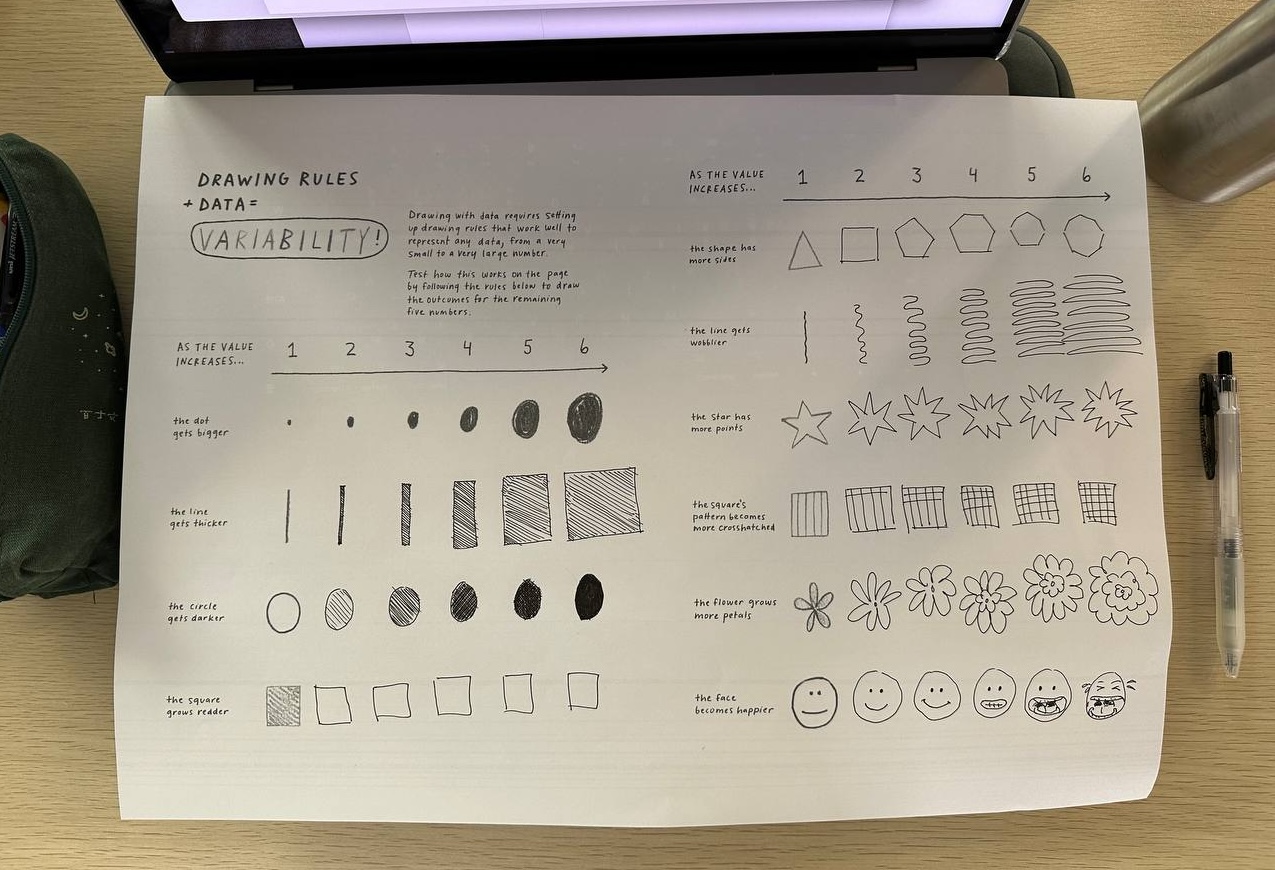
Experiment1_Exercise2.
-
During the Exercise 01, we collected data on the rhythm of our body, (breath, pulse, and blink), and to utilize them to code visuals with p5.js. It was interesting that we found it difficult to focus on listening to our body rhythm because we are usually not consciously aware of it.
Exercise 02, varying values in numbers result in changes based on given rules, helped us to grasp the profound concept of variability and get more ideas for varying visual outcomes.
Variations
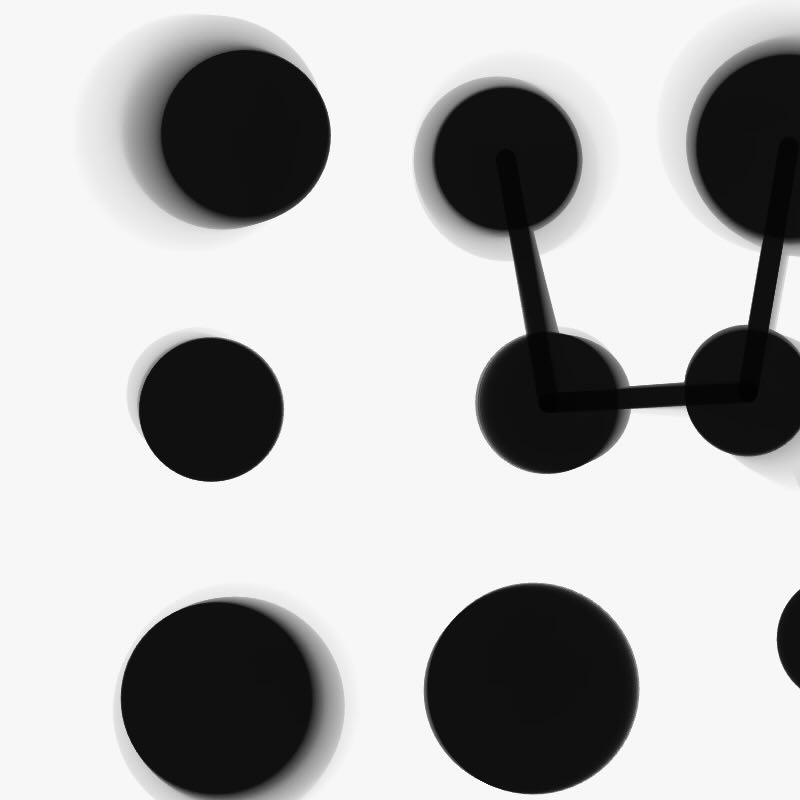
Pulse
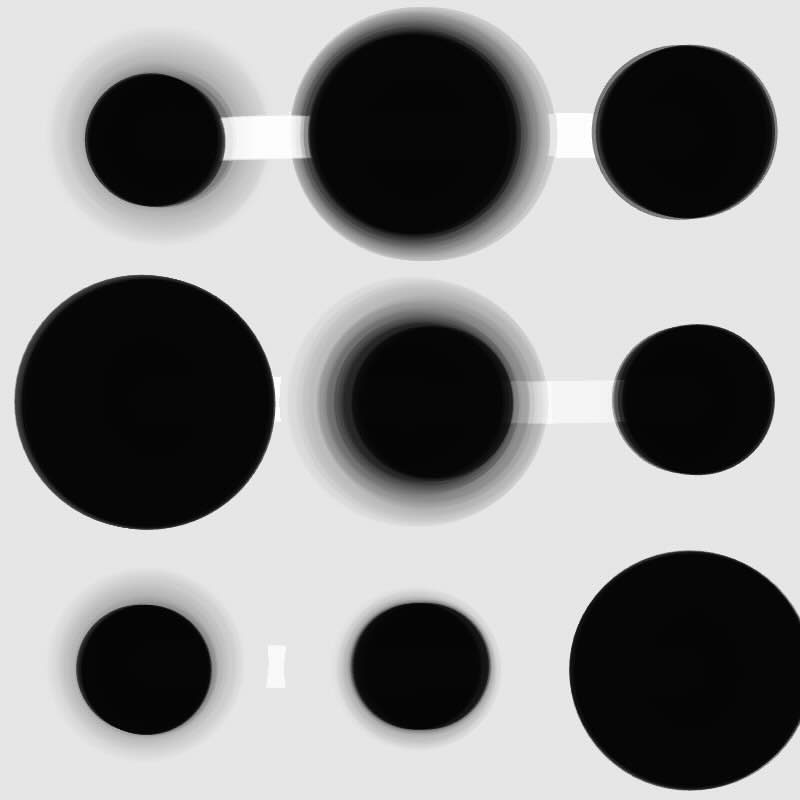
Breath
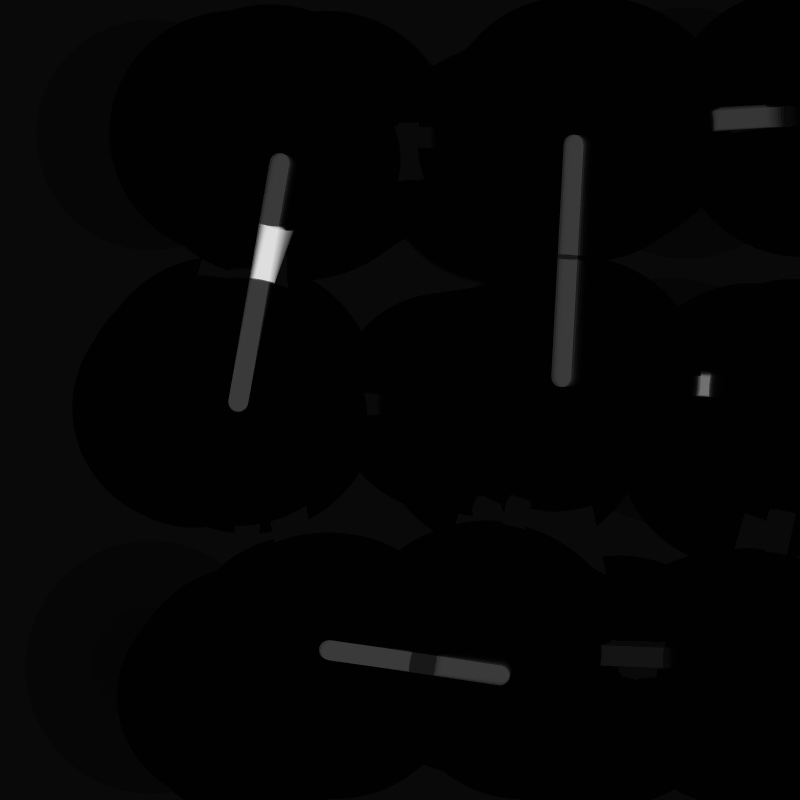
Blink
Increasing the canvas size and the number of grids of circles, while adjusting stroke size to the data collected, we created more dynamic visuals, which might look creepy, but subtly represent that countless cells in our body are alive, breathing, and working fast. We combined all the variations in one code, to be triggered by each key 1, 2, 3, respectively, so that we can show each sketch more clearly.
Our visual direction of this activity was first inspired by Letterform Variations, where they showcase a variety of patterns with just simple shapes. Recording our body rhythm and utilizing it as data to convert it into visual codes was engaging. This fresh approach of connecting our body and technology, and exploring variability offered motivation and ideas to kick off this project.
